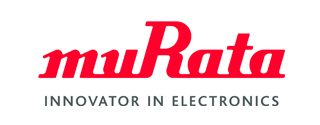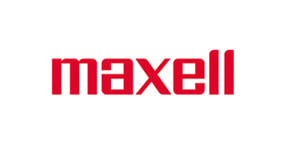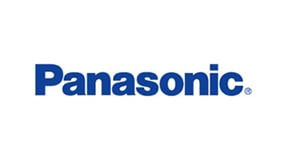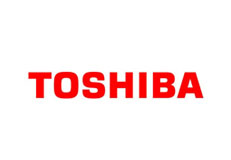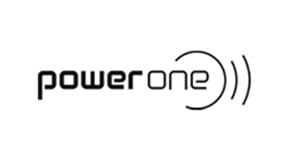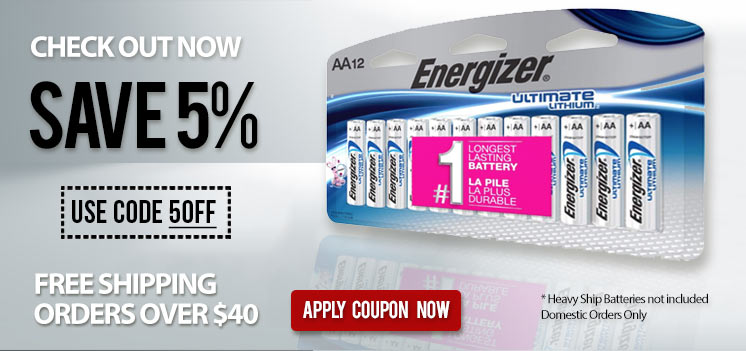Watch Battery Replacement Center
Silver Oxide Batteries
The Silver Oxide batteries are primary cells with a very high energy to weight ratio. It has about twice the energy capacity as button-type alkaline batteries. Although the name silver oxide may not sound familiar, it is a frequently used battery. In Japan, for example, 20% of all primary batteries sold are silver oxide batteries. It is also known for its high energy density and flat discharge curve. It has found use as a backup power source in the space industry, as well as for the military in some specialty areas. In the consumer arena, it finds itself in hearing aids, watches, calculators, photoelectric exposure meters, instruments, and pagers. Unfortunately, because of the silver content, it is somewhat more expensive than other batteries in its category.
A silver oxide battery uses silver oxide as the positive electrode (cathode), zinc as the negative electrode (anode), plus an alkaline electrolyte, usually sodium hydroxide (NaOH) or potassium hydroxide (KOH). The silver is reduced at the cathode from Ag(I) to Ag, and the zinc is oxidized from Zn to Zn(II).
Images below illustrate some interesting characeteristics associated with zinc/silver oxide batteries.
Silver Oxide Battery Brands
| ENERGIZER | MAXELL | RENATA | SONY | |
| 301 (SR43SW) | √ | |||
| 303 (SR44SW) | √ | √ | ||
| 309 (SR754W) | √ | |||
| 315 (SR716SW) | √ | √ | √ | |
| 317 (SR516SW) | √ | √ | √ | |
| 319 (SR527SW) | √ | √ | √ | |
| 321 (SR616SW) | √ | √ | √ | √ |
| 329 (SR731SW) | √ | √ | ||
| 335 (SR512SW) | √ | √ | √ | √ |
| 337 (SR416SW) | √ | √ | √ | √ |
| 339 (SR614SW) | √ | |||
| 341 (SR714SW) | √ | √ | ||
| 344 (SR1136SW) | √ | |||
| 344/350 (SR1136SW) | √ | √ | ||
| 346 (SR712SW) | √ | √ | √ | |
| 348 (SR421SW) | √ | |||
| 350 (SR1136SW) | √ | |||
| 357 (SR44W) | √ | √ | ||
| 357/303 (SR44/W/SW) | √ | √ | ||
| 361 (SR721W) | √ | √ | ||
| 362 (SR721SW) | √ | √ | √ | |
| 364 (SR612SW) | √ | √ | √ | |
| 364/363 (SR621/W/SW) | √ | |||
| 365 (SR1116W) | √ | √ | ||
| 366 (SR1116SW) | √ | √ | ||
| 370 (SR920SW) | √ | √ | √ | |
| 371 (SR920SW) | √ | √ | √ | |
| 373 (SR916SW) | √ | √ | √ | √ |
| 376 (SR626W) | √ | √ | √ | |
| 377 (SR626SW) | √ | √ | √ | |
| 377/376 (SR626/W/SW) | √ | |||
| 379 (SR521SW) | √ | √ | √ | √ |
| 380 (SR936W) | √ | |||
| 381 (SR1120SW) | √ | √ | ||
| 384 (SR41SW) | √ | |||
| 386 (SR43W) | √ | |||
| 386/301 (SR43/W/SW) | √ | |||
| 389 (SR1130W) | √ | √ | ||
| 389/390 (SR1130/W/SW) | √ | |||
| 390 (SR1130SW) | √ | √ | ||
| 391 (SR1120W) | √ | |||
| 391/381 (SR1120/W/SW) | √ | |||
| 392 (SR41W) | √ | √ | ||
| 392/384 (SR41) | √ | √ | ||
| 393 (SR48W) | √ | √ | √ | |
| 393/309 (SR754/W/SW) | √ | |||
| 394 (SR936SW) | √ | √ | √ | |
| 394/380 (SR936/W/SW) | √ | |||
| 395 (SR927SW) | √ | √ | ||
| 395/399 (SR927/W/SW) | √ | √ | ||
| 396 (SR726W) | √ | √ | √ | |
| 397 (SR726SW) | √ | √ | √ | |
| 399 (SR927W) | √ | √ |
Q & A
A. What are silver oxide batteries used for?
Potassium hydroxide batteries are used primarily in LCD watches with backlights, and sodium hydroxide batteries are used primarily in digital watches. Using potassium hydroxide as the electrolyte allows silver oxide batteries to operate even under heavy draining conditions and also at lower temperatures.
B. What is the shelf-life of silver oxide batteries?
Silver oxide batteries become hazardous on the onset of leakage; this generally takes 5 years from the time they are put into use (which coincides with their normalshelf life). Until recently, all silver oxide batteries contained up to 0.2% mercury.
C. Do silver oxide batteries expire?
The Expiry date (ED) is printed on the packaging of Silver Oxide Battery. The Expiry Date on Silver Oxide Battery means the expiration of the recommended use period. The Expiry Date is determined after three (3) years from the manufactured year and month.
D. Do batteries go bad if not used?
Since primary batteries can't be recharged, any self-discharge is permanent. Most disposable batteries have an expiration date printed on the packaging. But if the unused battery is not connected to anything, it will probably be fine after four yearsif it is fully discharged and then recharged after storage.
E. What is a low-drain battery?
Good only for low-drain devices like clocks and remote controls. Use is for digital camera or other high-drain device. (These 2 are okay, but since cameras go through batteries fast, you're better off with a rechargeable battery that you can reuse.)
Precautions/Warnings> Never charge the battery. Charging the battery may cause decomposition of the battery electrolyte or increase of the battery internal pressure. Leakage, heating, explosion of the battery may be caused as a result of it.
> Keep away from infants. If an infant happened to swallow the battery, consult a doctor immediately.
> In case of eye contact with the battery electrolyte, immediately flush eyes thoroughly with water, and consult a doctor.
> In case of skin or cloth contact with the battery electrolyte, immediately flush thoroughly with water.
> In case the battery electrolyte happen to come into mouth, gargle well enough and consult a doctor immediately.
> Do not heat or dispose in fire or disassemble the battery. It may damage the gasket, and may cause leakage, heating or explosion.
> Do not short-circuit positive(+) and negative(-) terminals. Keep away from metal or other conductive materials. Jumbling the batteries of direct contact with positive(+) and negative(-) terminals and metal or other conductive materials may cause short-circuit.
> When the battery is stored or disposed, isolate positive(+) and negative(-) terminals of the battery to avoid those terminals touch each other.
> Insert the battery with positive(+) and negative(-) terminals correctly oriented.
> Do not drop, apply excessive damage or deform the battery.
> Do not mix the used battery together with the new battery or different type of batteries.
> Do not store the battery in high temperature and high humidity location and where the battery is exposed to sunlight to avoid performance deterioration, swelling or leakage, of the battery.

